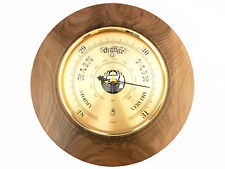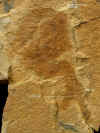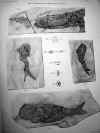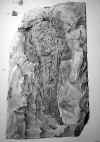THELODONTI

Thelodus pagei from Traquair (Roy. Soc.Edi.1899)
The thelodonts,
are characterized by their complete
covering of tiny scales. Isolated thelodont scales are very common and
widespread in Silurian and early Devonian marine sediments but complete
thelodont specimens are very rare. The best sites in the
Thelodonts in my collection (click on thumbnails to see larger images)
Loganellia scotica Silurian(Llandovery) Lesmahagow, Scotland
Logaellia or Logania as it used to be known, has stud-like, interlocking spines that bulge at the base and an extensive internal dermal skeleton of tiny denticles. It has small, lateral, paired fins, plus a dorsal and an anal fin. The gill openings are located ventrally to the lateral fins. The forked tail has a longer ventral lobe and as can be seen in the isolated tail below, the caudal web has rows of enlarged scales, creating a ray effect similar to that seen in heterostracan tails.
Loganellia scotica Silurian (Wenlockian) Lesmahagow/Hagshaw inlier, Scotland
 Lateral presentation showing lateral, dorsal and anal fins, eyes and many other
internal features
Lateral presentation showing lateral, dorsal and anal fins, eyes and many other
internal features
 Showing the claudal fin web 'rays' comparable to the digitations of the
heterostracan tail
Showing the claudal fin web 'rays' comparable to the digitations of the
heterostracan tail
Sheila taiti Silurian (Wenlockian) Lesmahagow/Hagshaw inlier, Scotland
 Fine scale detail from nodule/fishbed material
Fine scale detail from nodule/fishbed material
Lanarkia sp. SSilurian (Wenlockian) Lesmahagow/Hagshaw inlier, Scotland
A small thelodont with triangular lateral fins, a forked tail and spine like conical scales. Three rows of enlarged scales run down the length of the body. The larger animal shown below does seem to have an anal fin?
 Head in nodule showing fine spine detail
Head in nodule showing fine spine detail
Thelodonts images from literature









